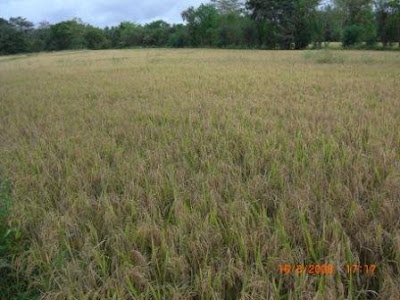
As I continue to struggle like a subsistence farmer almost mirroring what he has to face, with a few exceptions, where I use paid labor and have additional cost as a result and sell direct to consumers, balancing this cost with additional revenue.
It is clear as I daily face productive richer farmers and poorer subsistence farmers and am more able to analyze what is wrong and what I believe should be done to achieve the objectives we have set ourselves.
It is firstly most important to get some myths out of the debate. We should not concentrate on trying to help the subsistence farmer, as that is a state that no one can survive for too long. All we do is perpetuate his misery, and for him like the Japanese small case rice farmer this is just a supplementary source of income with his main job being something else.
In order to improve the efficiency of the entrepreneurial farmers, we must also take out the previous concern of him exploiting landless labor, who the theory went should be given land. That is not the case today. There is nothing wrong with being landless as land is no longer a right nor a passport to wealth or success, but instead a noose around ones neck to prevent a more practical vision oriented approach. Do not forget the reasons one is landless is also many and if future free land is on offer they will make sure they are landless by even selling land!!!
Once we determine we must be more productive, efficient in our techniques and require to produce more of what we eat, as being the objectives, goals or vision, then we need to give the persons most able to achieve this objective the means and access. For this there are many factors and just by way of example, the land laws should be altered to allow consolidation with existing owners, assured of a fair rental in that process. Others include bank loans and agricultural technology, including new seed varieties compatible to the area and other technical assistance to improve yields. This approach needs balancing with reference to environmental issues so that yield improvements are not at an unacceptable cost.
Taking a few willing farmers from each area and using them as the initial guinea pigs to show by way of example to others what can be done if certain practices are changed, is a way to begin.

No comments:
Post a Comment